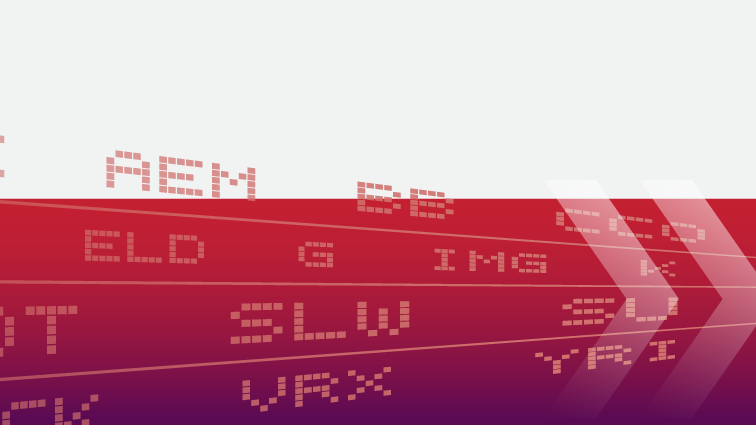Oil Woes

Despite the noise surrounding the recent price action in oil, nothing much has changed. Note our blog published January 23, 2015 (Has Oil Bottomed?) I posited that oil would likely remain in a trading range between US $40 and US $60 per barrel for 2015. So far that is exactly as it has played out.
Make no mistake this is a supply driven story with energy producing countries engaged in a race to the abyss. Revenue shortfalls in countries like Venezuela and Nigeria has caused civil unrest and political instability which may well lead to military coups. Saudi Arabia is behind the curve but has similar issues. The country will have to borrow significant funds in order to maintain the political handouts that have, so far, curtailed any major uprising.
Global demand continues to grow albeit at a temperate pace. Not surprisingly we are seeing robust demand from India whose economy typically thrives in a low cost energy environment. Bottom line global demand is not likely to cause any spikes in oil but it is strong enough to keep oil from falling below US $40 per barrel.
I suspect the pain at the US $40 price point would be enough to cause OPEC and US producers to significantly reduce output. Starring down the abyss has a way of crystalizing one’s thought process.
Energy companies that are bound within a relatively narrow trading range make for excellent covered call candidates. Particularly when buying shares at the lower end of the range and selling covered calls at the mid-point of the range. I posited the energy covered call strategy in January and made three recommendations which would have all been called away earning the maximum potential return.
I suggest we apply the same approach this time. Take a look at Suncor (TSX: SU recent price $36.93) where you buy the shares and sell the SU Dec 38 calls at $1.75. Another possibility is buying shares of Imperial Oil (TSX, IMO, $47.41) and writing the November 48 calls at $2.60.
President, CIO & Portfolio Manager
Croft Financial Group
Richard Croft has been in the securities business since 1975. Since February 1993, Mr. Croft has been licensed as an investment counselor/portfolio manager, operating under the corporate name R. N. Croft Financial Group Inc. Richard has written extensively on utilizing individual stocks, mutual funds and exchangetraded funds within a portfolio model. His work includes nine books and thousands of articles and commentaries for Canada’s largest media channels. In 1998, Richard co‐developed three FPX Indexes geared to average Canadian investors for the National Post. In 2004, he extended that concept to include three RealWorld portfolio indexes, which demonstrate the performance of the FPX portfolio indexes adjusted for real-world costs. He also developed two option writing indexes for the Montreal Exchange, and developed the FundLine methodology, which is a graphic interpretation of portfolio diversification. Richard has also developed a Manager Value Added Index for rating the performance of fund managers on a risk adjusted basis relative to a benchmark. And In 1999, he co-developed a portfolio management system for Charles Schwab Canada. As global portfolio manager who focuses on risk-adjusted performance. Richard believes that performance is not just about return, it is about how that return was achieved.
The information provided on this website, including financial and economic data, quotes and any analysis or interpretation thereof, is provided solely for information purposes and shall not be construed in any jurisdiction as providing any advice or recommendation with respect to the purchase or sale of any derivative instrument, underlying security or any other financial instrument or as providing legal, accounting, tax, financial or investment advice. Bourse de Montréal Inc. recommends that you consult your own advisors in accordance with your needs before making decision to take into account your particular investment objectives, financial situation and individual needs.
All references on this website to specifications, rules and obligations concerning a product are subject to the rules, policies and procedures of Bourse de Montréal Inc. and its clearinghouse, the Canadian Derivatives Clearing Corporation, which prevail over the content of this website. Although care has been taken in the preparation of the documents published on this website, Bourse de Montréal Inc. and/or its affiliates do not guarantee the accuracy or completeness of the information published on this website and reserve the right to amend or review, at any time and without prior notice, the content of these documents. Neither Bourse de Montréal Inc. nor any of its affiliates, directors, officers, employees or agents shall be liable for any damages, losses or costs incurred as a result of any errors or omissions on this website or of the use of or reliance upon any information appearing on this website.
BAX®, CADC®, CGB®, CGF®, CGZ®, LGB®, MX®, OBX®, OGB®, OIS-MX®, ONX®, SCF®, SXA®, SXB®, SXF®, SXH®, SXM®, SXO®, SXY®, and USX® are registered trademarks of the Bourse. OBW™, OBY™, OBZ™, SXK™, SXJ™, SXU™, SXV™, Montréal Exchange and the Montréal Exchange logo are trademarks of the Bourse. All other trademarks used are the property of their respective owners.
© 2024 Bourse de Montréal Inc. All Rights Reserved.
